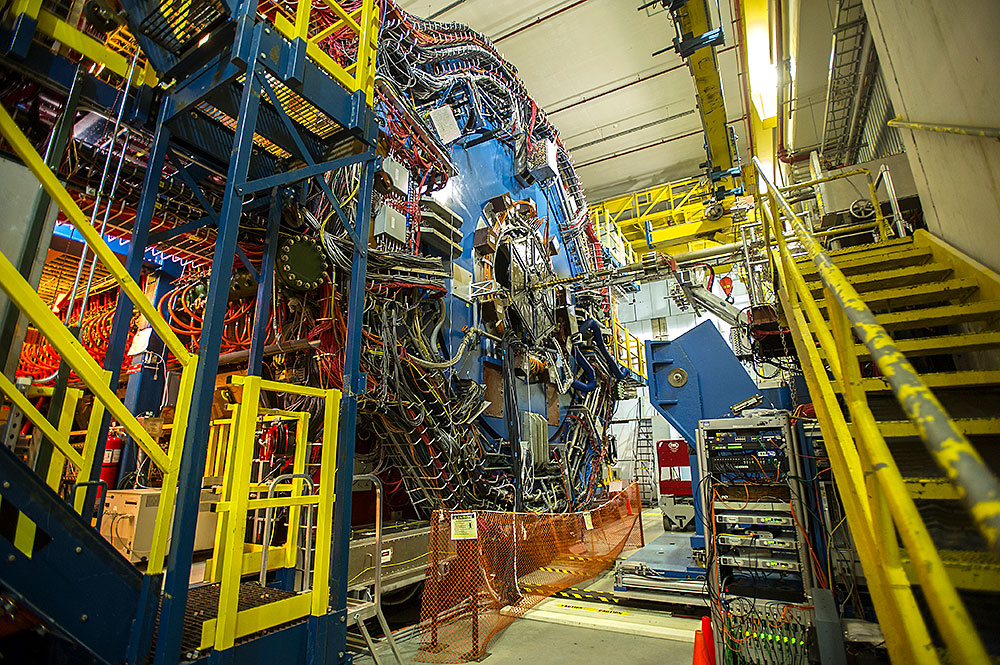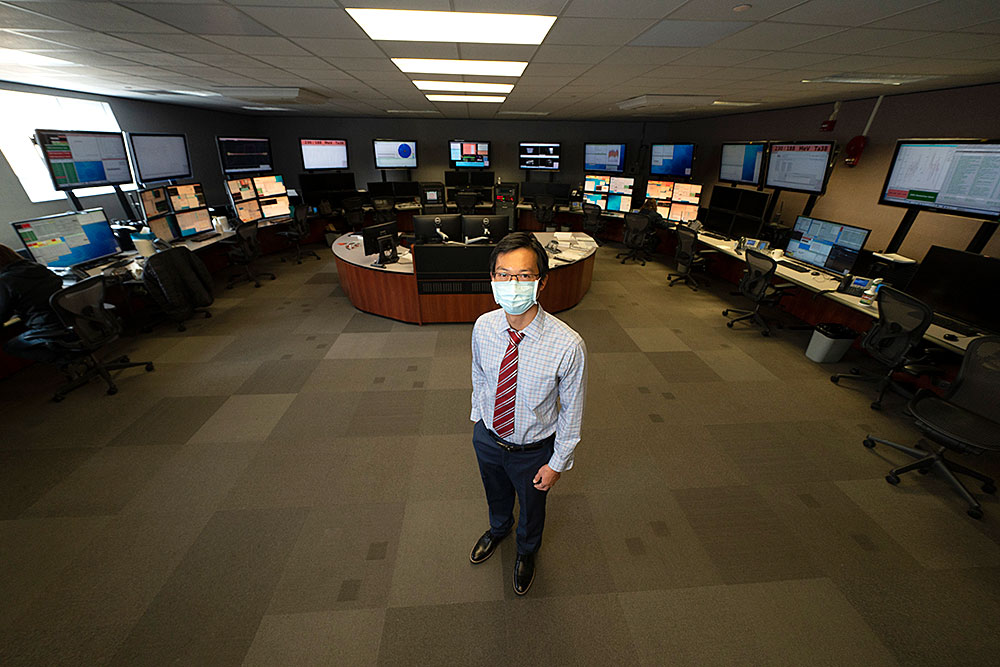Understanding the behavior of nuclear matter is extremely complicated, especially when working in three dimensions. Mathematical techniques from condensed matter physics that consider interactions in just one spatial dimension (plus time) greatly simplify the problem. Using this two-dimensional approach, scientists solved the complex equations that describe how low-energy excitations ripple through a system of dense nuclear matter such as exists at the center of neutron stars.
Tag: phase transitions
Scientists See Evidence of First-Order Phase Change in Nuclear Matter
New evidence suggests protons and neutrons go through a “first-order” phase transition to reach their melted state, a soup of quarks and gluons. This is a kind of stop-and-go change in temperature is similar to how ice melts: energy first increases the temperature.

Tantalizing Signs of Phase-change ‘Turbulence’ in RHIC Collisions
A new analysis of collisions conducted at different energies at the Relativistic Heavy Ion Collider (RHIC) shows tantalizing signs of a critical point—a change in the way that quarks and gluons, the building blocks of protons and neutrons, transform from one phase to another. The findings will help physicists map out details of these nuclear phase changes to better understand the evolution of the universe and the conditions in the cores of neutron stars.

RHIC Run 21: Pushing the Limits at the Lowest Collision Energy
Accelerator physicists are preparing the Relativistic Heavy Ion Collider (RHIC), a DOE Office of Science user facility for nuclear physics research at DOE’s Brookhaven National Laboratory, for its 21st year of experiments, set to begin on or about February 3, 2021. Instead of producing high-energy particle smashups, the goal for this run is to maximize collision rates at the lowest energy ever achieved at RHIC.